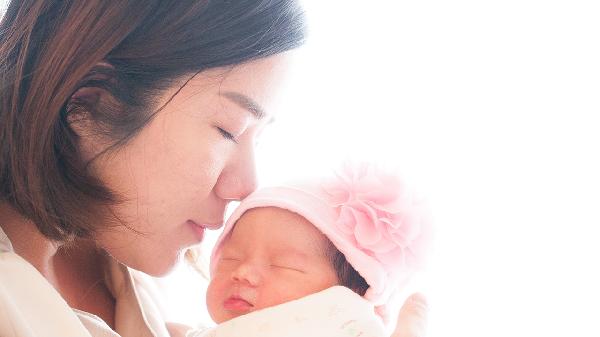Sometimes, when you need to do household chores or go out, a baby carrier can be a great help. It keeps your baby close to you, feeling your body temperature, which makes them feel secure and comfortable.

Key Points for Choosing
Baby carriers generally include various functions such as front-facing (facing mom and back-facing), side-lying, and those with head support straps. You can choose based on your baby's size and weight.
When purchasing a carrier, also pay attention to the safety and eco-friendliness of the lining material and buckles. It's best to bring your baby along to try it out before deciding.
Most carriers have adjustable shoulder straps and a bottom zipper that can be adjusted according to the baby's body size.
For summer use, choose a carrier with a mesh bottom design for good ventilation and equipped with storage pockets.
For babies under 6 months, it's best to choose a product with a pillow and neck support strap to protect the newborn's neck, preventing tilting and injury while sleeping.
Key Points for Use
Besides being convenient for the mother, the baby carrier should also make the baby feel comfortable. For babies under 2 months, since their neck muscles are not yet developed, avoid using a sitting position carrier; instead, carry them sideways.
For the baby's comfort, it's advisable to use the carrier about 30 minutes after feeding.
If the baby is heavier, pay attention to the weight-bearing capacity of the carrier.
Babies over 6 months have significantly increased curiosity and exploratory spirit about the outside world, so they should face outward in the carrier to broaden their view.
























